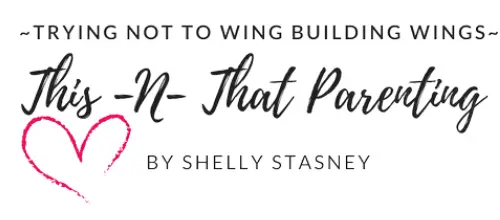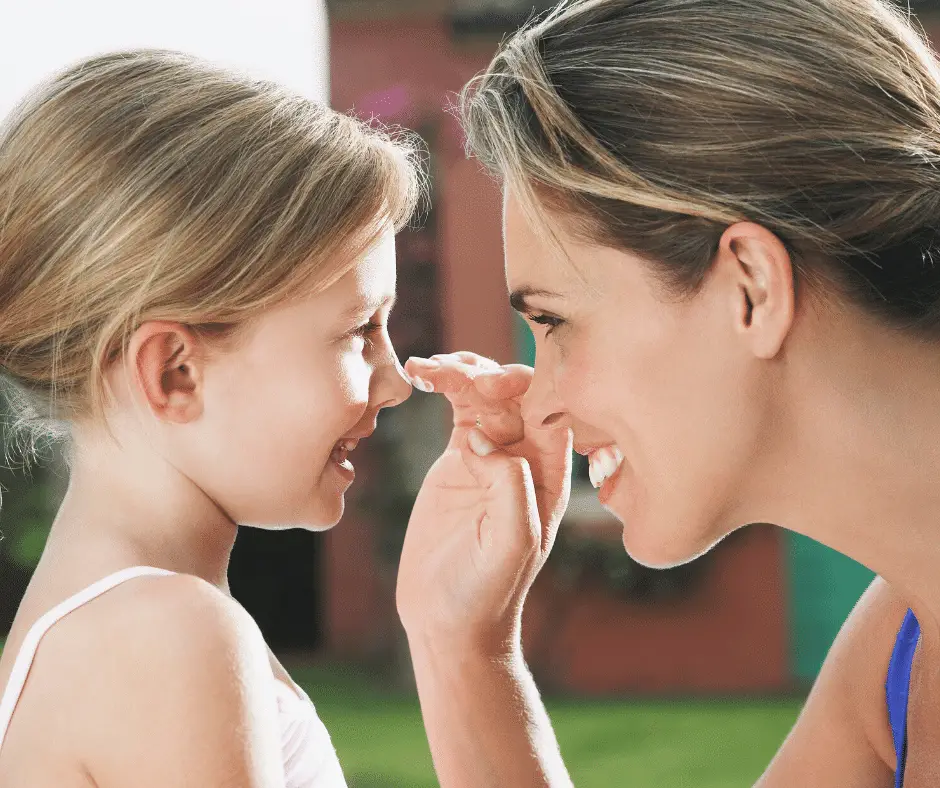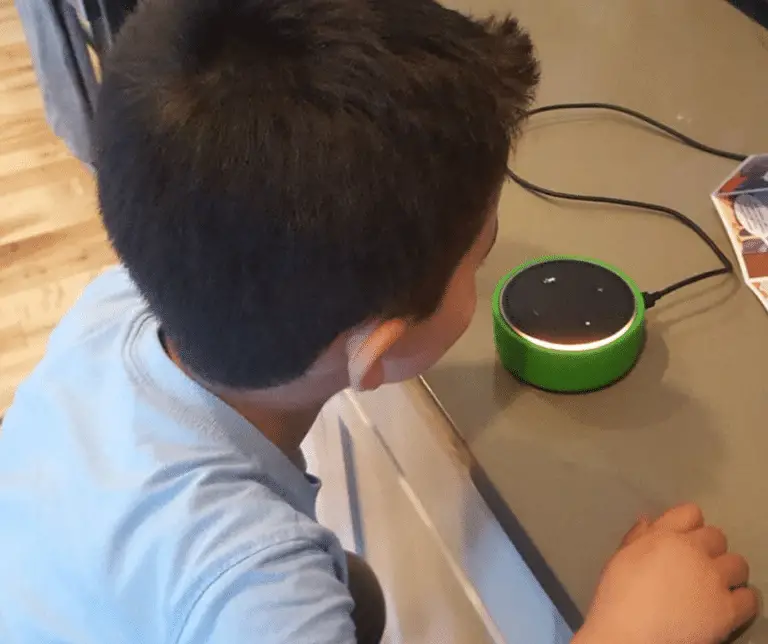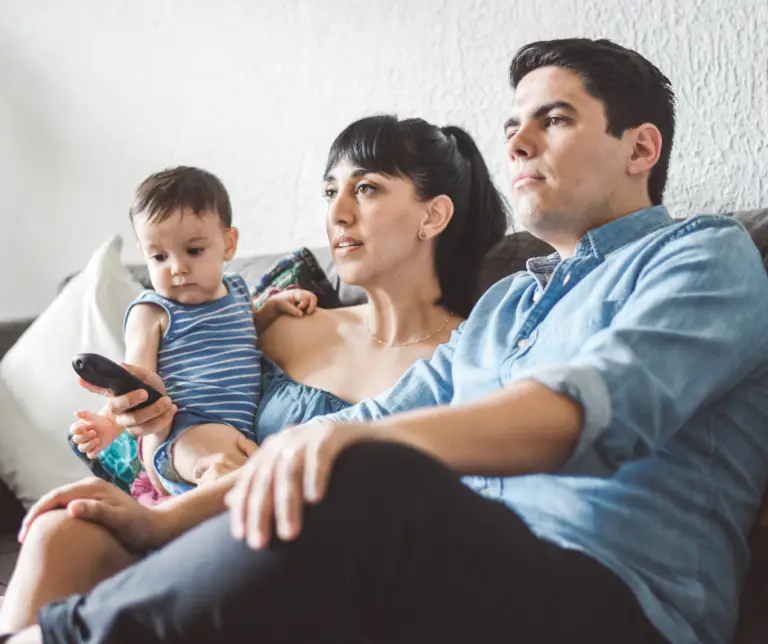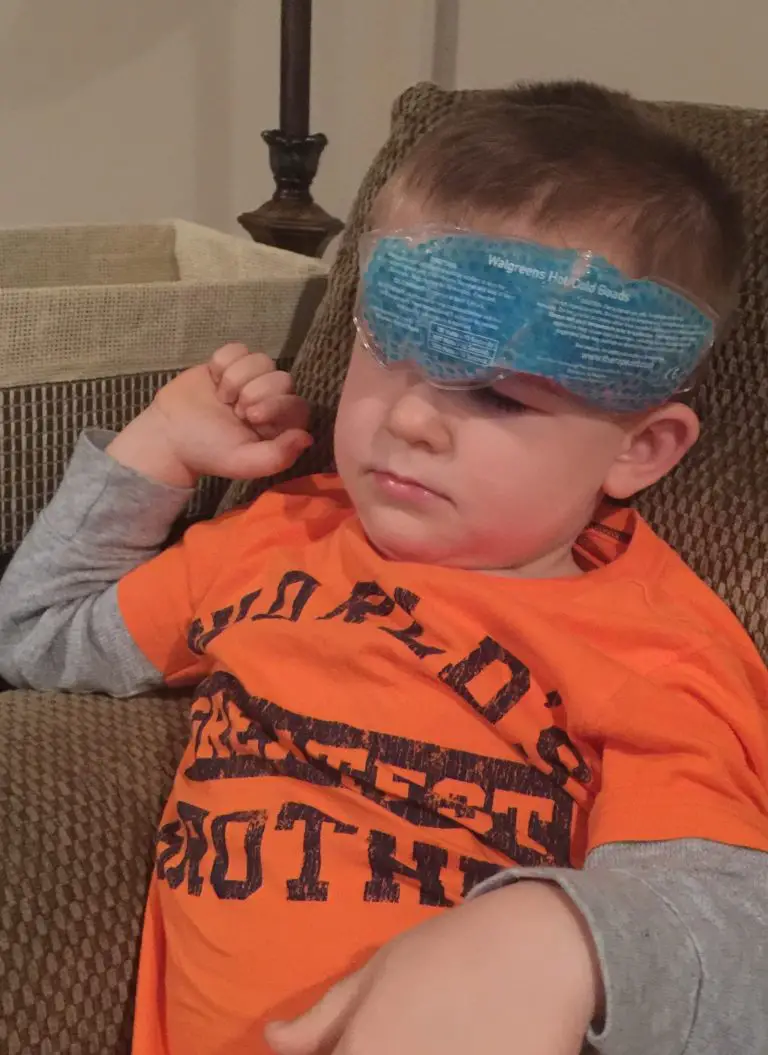Which sunscreen Is Safe To Use On My Child?
Pretty much everyone I’m kin to would rather be outdoors than indoors. It seems tan lines are in our genes, so there wasn’t a lot of importance of protecting our skin or wearing sunscreen while I was growing up. Which sunscreen should I use much less which sunscreen is safe was not of concern!
In fact, many of us have paid the price as we have aged. Freckles, sun-damaged skin, and worst of all, twice a year dermatologist appointments to get spots removed and checked for cancer are the effects of this lifestyle.
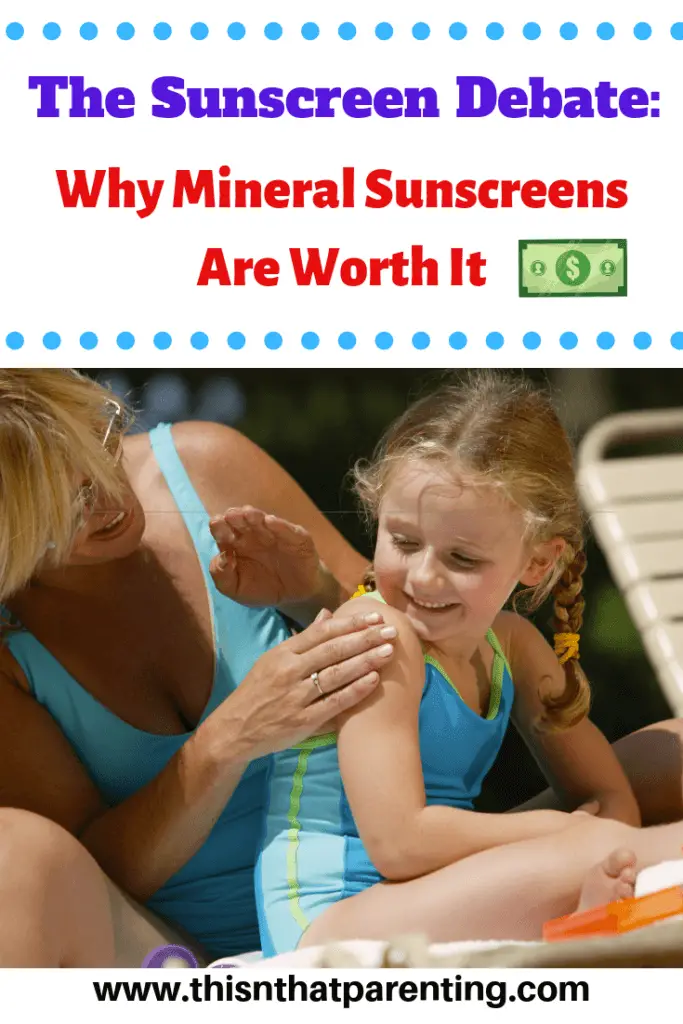
Sun Protection Priorities Change When You Have Kids
When I had Jock, I vowed to myself that I would cover this kid in sunscreen until he turned 18. First off, I chose 18 because I read that most skin cancer occurs from a sunburn that you receive between 0 and 18. Source Second, he needs to be making wise decisions on his own by or BEFORE then.
The first time I went to buy sunscreen for Jock I was ordering online. There were sunscreen products from $3.00-$50, and this was all new to me. I didn’t even know where to start, so I researched sunscreen to find out what I needed to use.
Spring weather has sprung, and it’s time to replenish our sunscreen collection. I want to share the highlights of my research, so that you make informed decisions on your purchases. The information I included was information that I found repetitively.
The Sunscreen Information That Got My Attention:
#1. The Food and Drug Administration has not reviewed evidence of potential hazards of sunscreen filters – instead it grandfathered in ingredients used in the late 1970s when it began to consider sunscreen safety. Source
#2. Active ingredients in sunscreens come in two forms: mineral and chemical filters. The most common sunscreens on the market use chemical filters.
#3. Chemical filters typically include a combination of two to six of the following active ingredients: oxybenzone, avobenzone, octisalate, octocrylene, homosalate, and octinoxate. Mineral sunscreens use zinc oxide and/or titanium dioxide. Source
#4. AVOID the chemical, oxybenzone if at all possible.
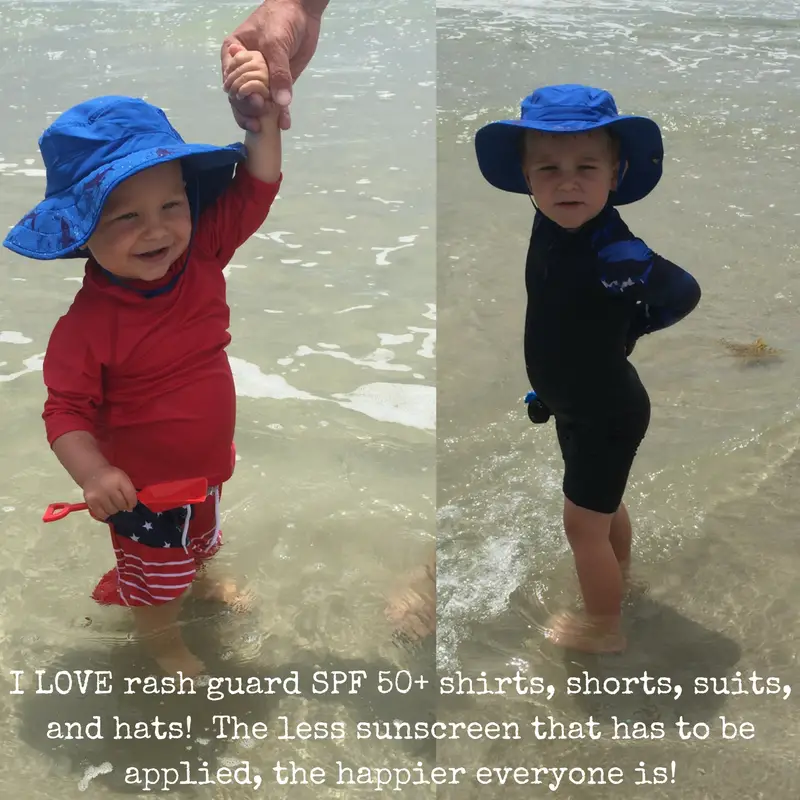
#5. Studies suggest the chemicals found in chemical filters cause thyroid issues, skin allergen issues, and sex hormone issues in males and females contributing to sperm count reduction, reproductive organ growth/forming, issues, and endometriosis. Source
#6. Due to the chemicals used to cause the skin to absorb the product, traces of the chemical appeared in the breast milk of women who use the chemical products. Source
#7. Common chemical filters appear to be endocrine disruptors, and numerous studies in animals and cells have shown that the chemicals affect reproduction and development. They alter reproductive and thyroid hormones, although the evidence seems mixed for some studies (Krause 2012).
#8. 40% of sunscreens are found as possible contributing factors in causing skin cancer. The Vitamin A derivative, retinyl palmitate, often used in sunscreens speeds up the growth of cancerous cells by 21%. Source
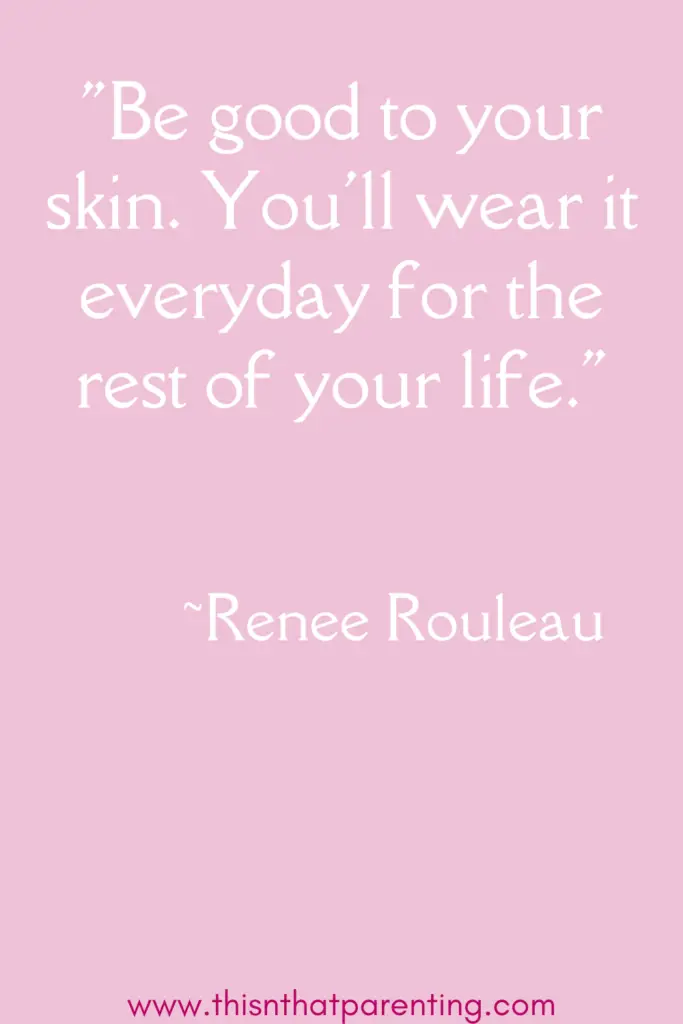
#9. Spray sunscreens cause more risk factors because we end up inhaling the chemicals. Many sources. Here is one.
#10. Many variables affect how much Vitamin D we need, so experts seem reluctant to give a definitive. But survey after survey suggests Americans are Vitamin D deficient. Researchers feel it is because of read more on Vitamin D and thoughts on Vitamin D supplements, see the site.
#11. Whatever type of sunscreen you decide to use, you need about 1fl.oz. applied to the body every 1-3 hours. Whichever time the brand recommends. That is about the amount of a filled shot glass to give you a visual. source
#12. 1 in 3 diagnosed cancer cases is a form of skin cancer. Sunburns are BAD, so we have to take some kind of action to protect our families from the sun.
Safe Sunscreen Choices:
-
Think Baby Products
What Makes Think Baby Sunscreen a safer alternative?
- BPA Free
- Organic and mineral based
- Non-Aerosol & Biodegradable
- Reef Safe
- Water Resistant up to 80 minutes
- Paraben free
- Pediatrician-dermatologist tested.
Enjoy the sun with your baby year-round with highly efficacious, gentle ingredients. ThinkBaby Sunscreen has got you and your baby covered- lit.er.al.ly!
- SPF50 Broad-spectrum UVA and UVB protection
- Water resistance (80 minutes)
- Non-aerosol formulation
- Applies and absorbs easily. Non-oily feel.
- Made and manufactured in the USA
- Free of biologically harmful chemicals. No PABA, parabens, phthalates, BPA, oxybenzone, avobenzone, petroleum, gluten, dairy, or toxic chemicals. No animal by-products or testing.
2. TruKid
With the best EWG rating, this Sunny Days Daily naturally provides reef safe SPF30 protection for your little one. Kids love the fresh citrus scent, and you’ll love that it’s free of harsh chemicals, parabens, and phthalates.
***This sunscreen is eligible for reimbursement with flexible spending accounts (FSA), health savings accounts (HSA), and health reimbursement accounts (HRA).
Certifications
- Truly natural and non-toxic
- Eczema safe
- Pediatrician and Dermatologist Tested
- Phthalate- and paraben-free
- PETA Certified Animal Cruelty-Free
- Biodegradable with 100% recyclable, BPA-free packaging
Product Features
- Non-nano
- Voted Most Awesome Sunscreen Winner by Red Tricycle!
- Highest rated for any kid’s line by Environmental Working Group (EWG)
- UVA/UVB Broad Spectrum Protection
- Mineral-based sustainable sourced zinc
- Reef friendly
- Vitamin A free
- FSA Eligible
3. Badger Products
All of their sunscreens use mineral zinc oxide, the safest active ingredient available for effective broad-spectrum protection. Accordingly, the Clear Zinc formulas absorb quickly with no white cast.
Naturally occurring antioxidants protect from free radical damage, blue light, and environmental stressors—leaving your skin soft, nourished, and glowing.
Additionally, every formula is safe for coral reefs, manufactured with 100% solar power, and certified cruelty-free.
4. Blue Lizard (Best For Sensitive Skin)
All of the Blue Lizard products are fine. They make a spray and a stick that are very efficient for getting kids covered.
- WE LOVE THE REEF – To help protect delicate coral reefs, Blue Lizard’s Sensitive sunscreen contains no Oxybenzone or Octinoxate
- MINERAL SUNSCREEN, NO CHEMICAL ACTIVE INGREDIENTS – Protects your skin by acting like thousands of tiny mirrors that reflect UV rays away before they enter your body
- SPF 50+ BROAD SPECTRUM UVA/UVB PROTECTION– Mineral active ingredients Zinc Oxide and Titanium Dioxide provide broad spectrum protection against UVA and UVB rays
- PARABEN-FREE & FRAGRANCE-FREE – Contains no fragrances or parabens, making it ideal for sensitive skin
- SWEAT AND WATER RESISTANT (80 MINUTES) – That’s twice as long as Blue Lizard’s original Sensitive formula
- OUR GUARANTEE – 30 days to try it—if you don’t love it, returns and replacements are on us!
Call to Action
I’ve heard kids call it sunscream! Certainly, by the time you get the suits on, apply the sunscreen, and get to the water… it is sunSCREAM! If not the kids, then the parents. In all seriousness, it is hard to know which is worse the chemicals or the sun, so the key is moderate and smart exposure.
As you can see, like most parenting decisions, we need to make informed choices that best serve our family using the information and results that studies produce about sunscreen, so I encourage you to research further on your own if you still have questions. I have provided some links below, so you can research further if you feel the need.
The first step is to check your existing sunscreen collection to see if it contains:
- Oxybenzone (hormone damage and linked to endometriosis)
- Avobenzone (may damage sperm)
- Octisalate, octocrylene, homosalate, (previous 3 found in mother’s breastmilk)
- Octinoxate (hormone-like activity, reproductive/ thyroid/ behavioral alterations in animals),
- Retinyl palmitate, (speeds up the growth of cancerous cells).
Finally, you have to make a decision on whether you’re going to keep or dispose of your sunscreens accordingly. Now that you have a better idea which sunscreen is safe, you can make an informed decision.
Indeed, we would like to believe that we have a government agency that protects us and tells us the truth about what we put in and on our bodies.
Unfortunately, this same agency did not enforce that cigarettes have labels to caution against cancer until almost 7000 research studies showed evidence of cancerous results! That’s not 7000 people. That’s multiple-digit people in 7000 studies!
Want More On Kids Health?
- Kids’ Pooping Problems: 5 Ways To Ensure Your Child Is Regular
- How To Get Kids To Love Their Veggies
- Simple Ways To Make Sure The Foods You Feed Your Family Are Safe And Healthy
- Lighting: How It Affects Your Child Physically, Mentally, And Academically
- Growing Pains: 9 Remedies To Help Your Child Overcome Them
- The Sunscreen Debate: Chemical Filters vs. Mineral Filters
- This Safety Measure Could Save Your Child from the ER or WORSE!
- Simple Ways to Advocate for Your Child in the Healthcare System
